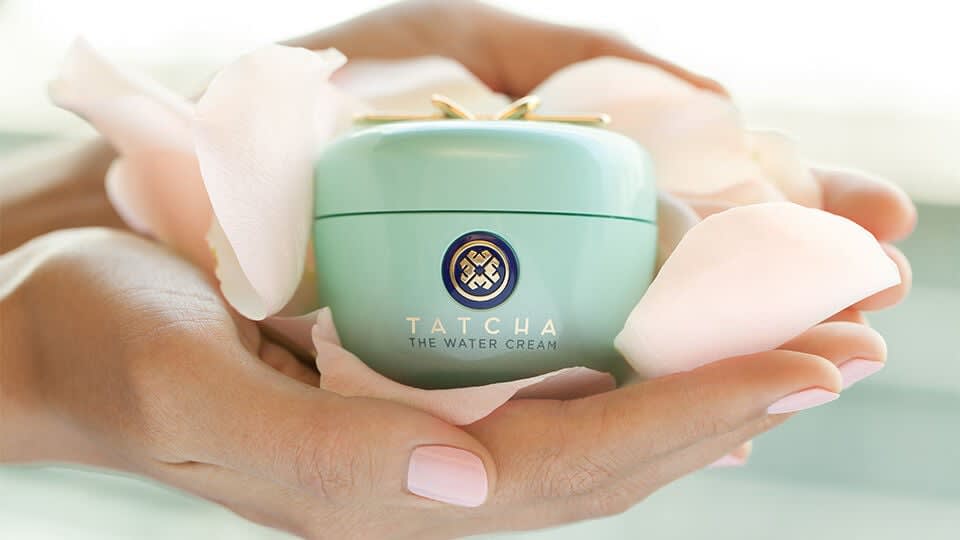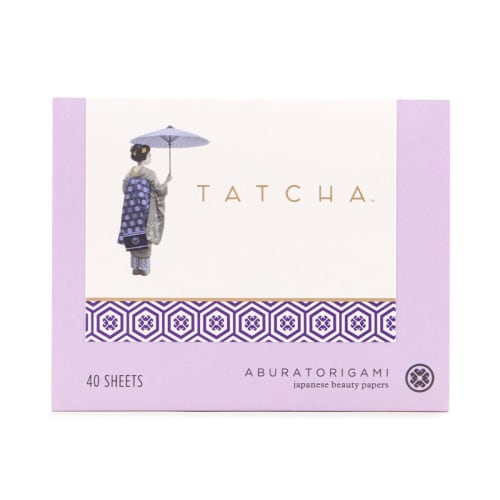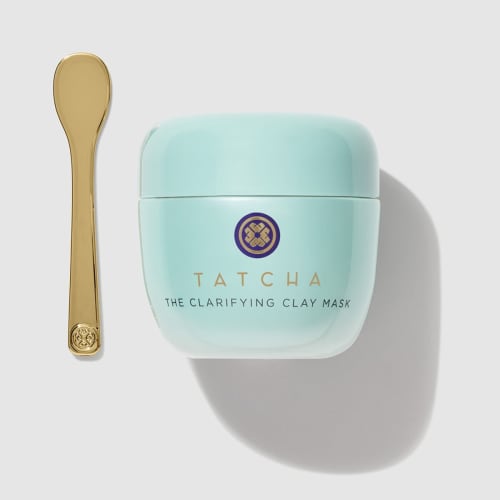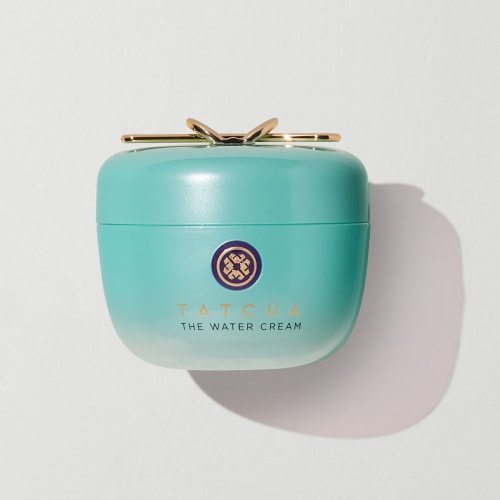The key to treating oily skin is the perfect finishing face cream—one with half the weight of your regular cream, but with double the hydration potential along with oil-controlling ingredients.

The term skincare refers to a vast assortment of options, but there are only a few things skin truly needs. One of those things is a moisturizer or a face cream. At the microscopic level, a moisturizer helps form a seal that replenishes skin’s natural barrier and retains moisture. At the visual level, it plumps, smooths, and softens. Most moisturizers are creams, but come in other textures, like rich oils or plush gels. They’re one of the most important parts of anyone’s skincare routine.
This is true for all major skin types; a dry face needs to moisturize as much as a combination face does. Even those with oily skin (who may feel moist enough already) require this step. Choosing the right formula is another matter entirely. But understanding your own skin’s needs, and some ingredients that can benefit your skin type, will lead you to the best moisturizer for oily skin.
Why is my skin so oily?
When people talk about oil on their face, they’re talking about sebum, a waxy substance stored just beneath the skin’s surface. Sebum is a waxy substance secreted to help our skin retain moisture, according to the Cleveland Clinic. Sebum comes from sebaceous glands, which are found usually tucked into hair follicles. You can imagine sebum traveling up the base of a strand of hair or climbing the inside of a pore until it reaches the skin’s surface.
Sebum itself is composed of a complex matrix of lipids, including some not found elsewhere in the body, like wax esters and squalanes. Dermatologists know that it's a protective substance, but lack a full and complete understanding of sebum’s purpose. They also know that increased sebum production is one of the main events involved in the formation of acne.
Some people produce more sebum than others, and are described as having oily skin. Surveys of skin types found that those who experience oily skin tend to skew younger. While having oily skin is not a prerequisite for acne, increased sebum production is associated with higher rates of breakout.
Is my oily skin acne-prone?
The answer is yes and no. Yes, it’s true that oily skin can lead to the development of acne, but just because your skin is oily doesn’t necessarily mean it's acne-prone.
Acne is the most common skin condition in the world, and we all deal with it from time to time. But if we find ourselves dealing with it frequently—or constantly, our breakouts never seeming to leave—then it could be a sign of acne-prone skin. Skin that is acne-prone can be dry or combination. It’s believed that oily faces are likelier to be acne-prone than drier ones, because increased sebum can result in breakouts, but the two categories don’t always go hand in hand.
According to the American Academy of Dermatology Association, increased sebum can lead to healthier skin overall by thickening skin and delaying wrinkles. Rest assured, if you have oily skin, it can also be a gift. But this gift comes with its own instruction manual. If you want to treat it right, you’ll have to pay attention.
Can skincare products help oily or acne-prone skin?
There are a few products that can be supremely helpful in caring for oily skin.
The most obvious choice is a cleanser. Imagine a surface slick with oil, and try to resist the urge to clean it up. Gel face washes that leave squeaky-clean feelings in their wake have long been marketed to those with oily skin. But Cleveland Clinic actually warns against harsh cleansers or detergent-like face washes: “Products that dry out your skin too much will actually stimulate oil production.” So it’s wiser to use something mild that will respect the integrity of your skin’s moisture barrier. The Clinic also recommends toners, lightweight emulsions that follow cleansers and precede moisturizers, to soothe over-oiled skin.
A moisturizer may be a counterintuitive choice to save your oily skin, but it’s true: A moisturizer will help keep sebum production under control, according to Allure magazine. The key is in understanding how oil and water are balanced in the skin, and how adding and preserving skin hydration using a moisturizer can balance out oily skin.
There are other useful tools that every oily face should have on hand, like blotting papers. Tatcha’s Aburatorigami Japanese Blotting Papers are made from abaca leaf, which drinks up sebum, leaving skin mostly matte.
Which skincare ingredients help oily skin?
There are many ingredients that have unique benefits for oily skin, from mopping up excess sebum to strengthening slick skin barriers. A few notables include:
Abaca leaf fiber. These fibers come from the leaves of the abaca, a banana tree native to tropical Asia. Paper made from abaca leaf fiber lifts away excess oil gently and instantly. Aburatorigami, or ‘oil removal paper’ in Japanese, has historically been made from the finest grade abaca leaf fibers. Geishas and Kabuki performers have used the thin sheets to keep their makeup in place and fresh throughout performances.
Beta hydroxy acids. While alpha hydroxy acids are water-soluble, beta hydroxy acids are oil-soluble; they’re able to sink down into pores and dissolve excess sebum, which is why doctors recommend them for oily and acne-prone skin types.
Camellia oil. Word to the wise: Fight oil with oil. Camellia oil is rich in oleic acid and vitamins A, B, D, and E as well as nourishing Omega 3, 6, and 9. The molecular weight of the oil is an almost identical match for skin, allowing it to absorb quickly and thoroughly. These kinds of lightweight oils can be very beneficial for balancing out oily skin, according to some dermatologists.
Leopard lily. True to its name, this plant has spots everywhere, from its dark sage leaves to its molten orange flower petals. It can also be spotted along the streets of Kyoto’s geisha district during the Gion Festival. (Japanese Leopard Lily has earned the name “the flower of Kyoto.”) It’s also known to minimize excess oil production.
Kucha clay. Clays of all kinds can help draw oil out of the skin. Tatcha’s Clarifying Clay Mask, recommended for oily skin types, makes use of Kucha clay from Okinawa, a mineral-rich clay that absorbs excess oil, sebum, and dirt from the pores and helps to detox skin.
Wild rose. Wild rose, a time-tested ingredient used throughout history, is known for its ability to minimize excess oil. In Eastern medicine, Japanese wild roses are used to bring the body back into balance, improve circulation, and even calm the spirit.
What is the best moisturizer for oily skin?
Every face needs a good moisturizer. But when your skin tends toward the oily side, you might find creams that are heavy in texture to feel oppressive. Something lightweight that is formulated with oil-controlling ingredients but still provides that necessary seal to the skin barrier is going to suit you better.
It’s a unique request of your moisturizer: all the rich benefits of a heavy cream without the heft. Innovations in skincare technology have made this possible with a product called The Water Cream. The lighter-than-cream gel texture ferries oil-controlling botanicals from wild rose and leopard lily directly to where they’re needed. The unique technology breaks upon application to refresh, treat, and hydrate skin. The Water Cream has won Allure magazine’s prestigious Reader’s Choice Award three times. “Few moisturizers delight both those with oily skin and those with dry skin the way The Water Cream does,” read this year’s review. “Skin is left glowy—not shiny.”




